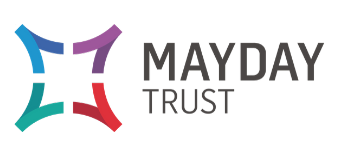Wisdom from Strength-Based Working 8 of 9: The System
“Many people I’ve worked with talked about their situations as their fault. But you know what? Most of the time it was the system that failed them. We failed them. That’s hard to face up to.”
“What we get to do is build relationships, learn and understand people. I genuinely think by having different conversations, people are actually safer.”
Practitioners felt it was easy to get caught up in the pressures of the system and they knew this impacted on the way they wanted to work with people. Sometimes, on reflection, they felt that they were working with the system rather than with the person. Practitioners said that they felt increased pressure when they were working with those who were involved with lots of other agencies. They shared how they often felt helpless and frustrated with the way people were treated when they are caught up in systems and processes. Often, these processes actually prevented people from being able to move forward in their lives. Practitioners expressed how difficult it was to work with people when they are trying to challenge and change the system.
“People are losing their children because of how social services focus on mental health, deficits, and they treat parents going through tough times. Yesterday a mother gave up and handed her children to a relative. Solicitors didn’t feel able to challenge.”
“It can be tough to work alongside someone when they are experiencing negative situations or damage caused by the system.”
Practitioners shared how they had conversations with people they were working with about understanding their situation within the context of the system rather than the view that there was something wrong with them. They explained that they felt that this helped people to think about their situations in a different way in order to gain hope and motivation to move forward. They felt that having honest conversations with people was an important part of their work.
“I love asking people ‘you know what, what do you like doing?’ I love finding common interests with people… I have political debates with people talk about what a progressive society might look like that would support them properly. We talk about systems, we talk about systems change. And I think people find that really empowering.”
Practitioners explained that when they had been able to flip the conversation with people they were working with, so that they were aware of the impact the system was having on their lives, they often felt more in control or it made them angry at the system and their situations rather than at themselves.
Reflection:
Strength-based working can help people see things from a completely different perspective, simply by contextualizing their situation and their experiences, and this in turn can create a different mindset which in turn can support the ability to transition through their tough time.










